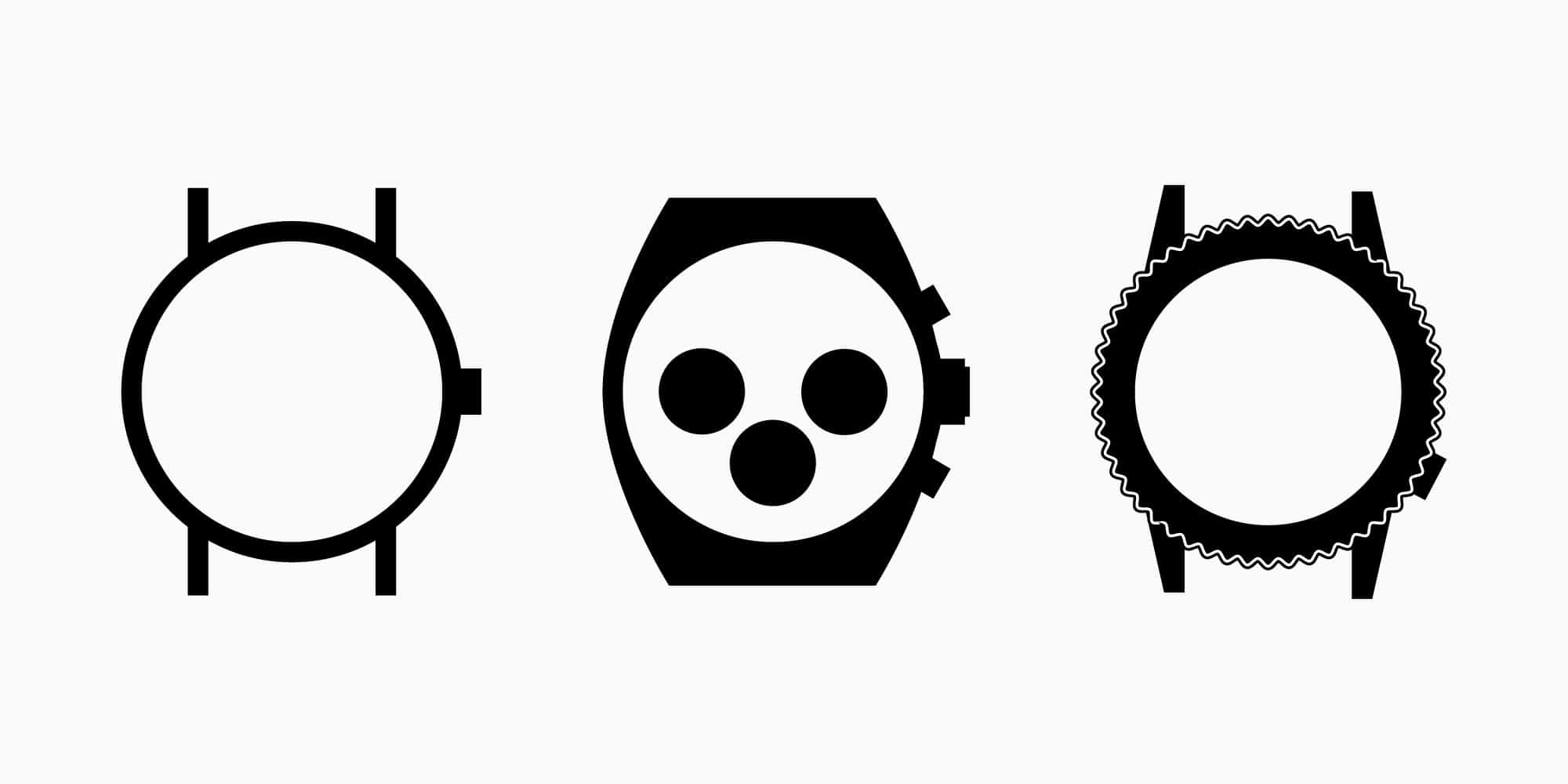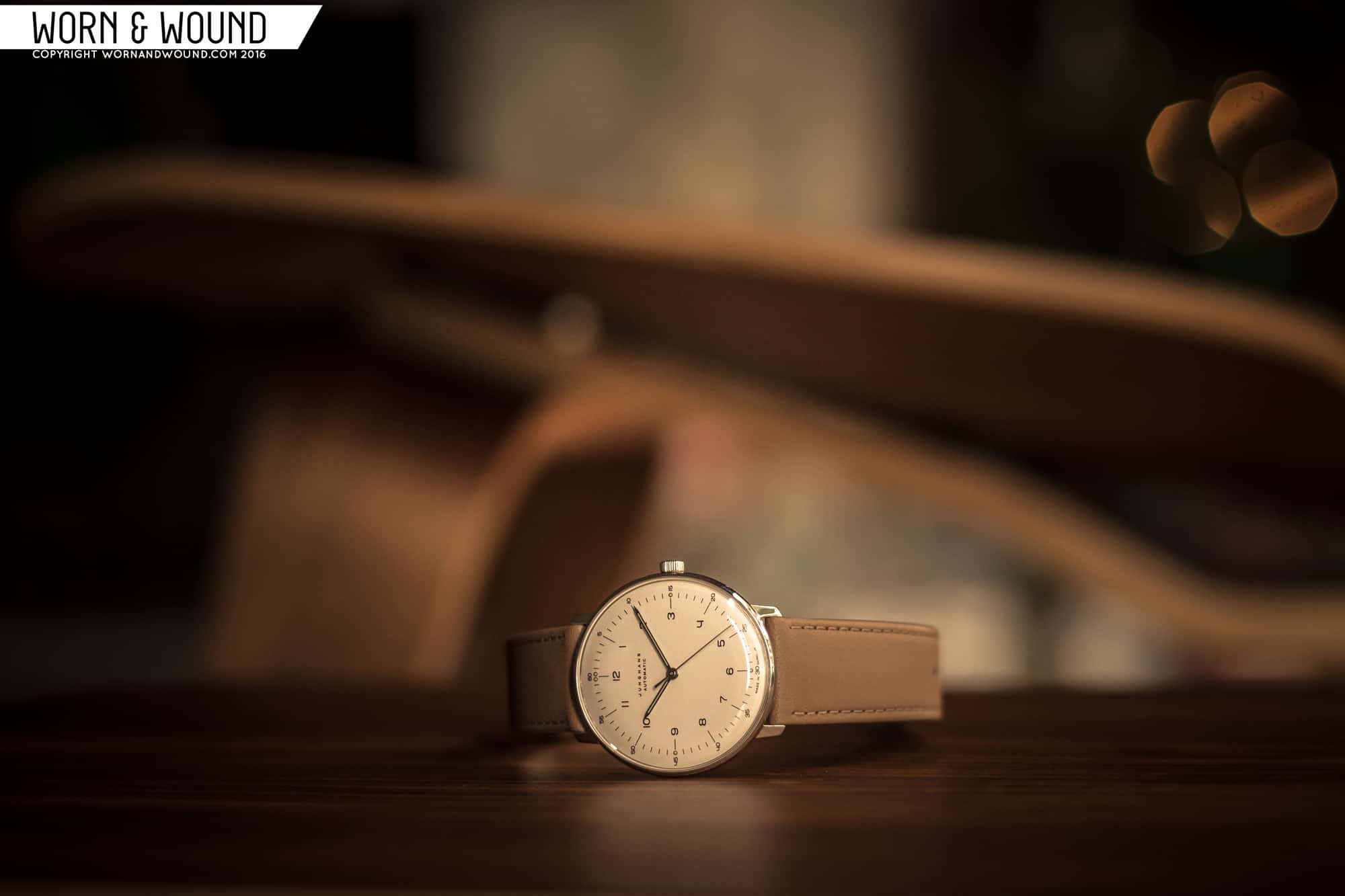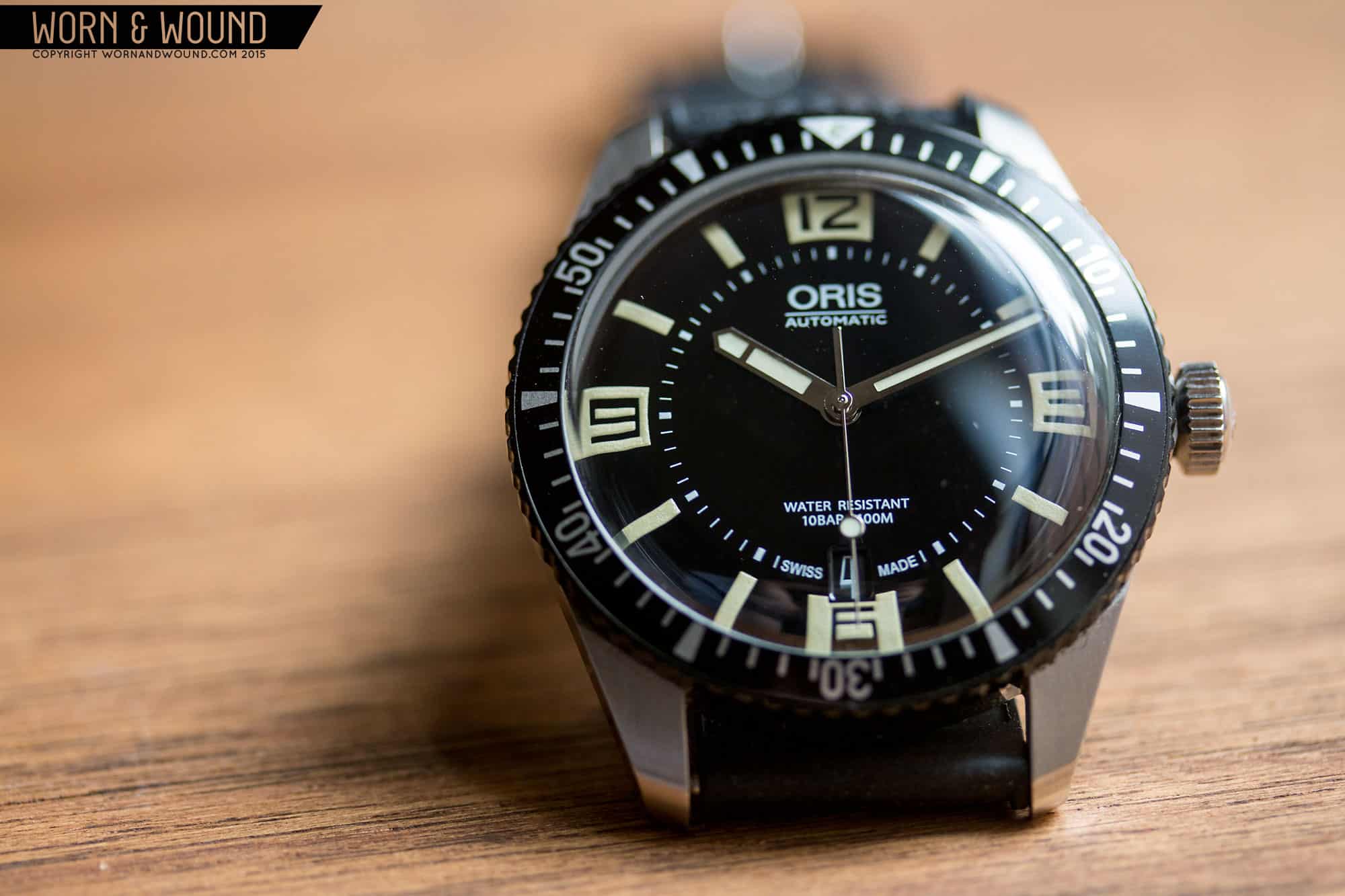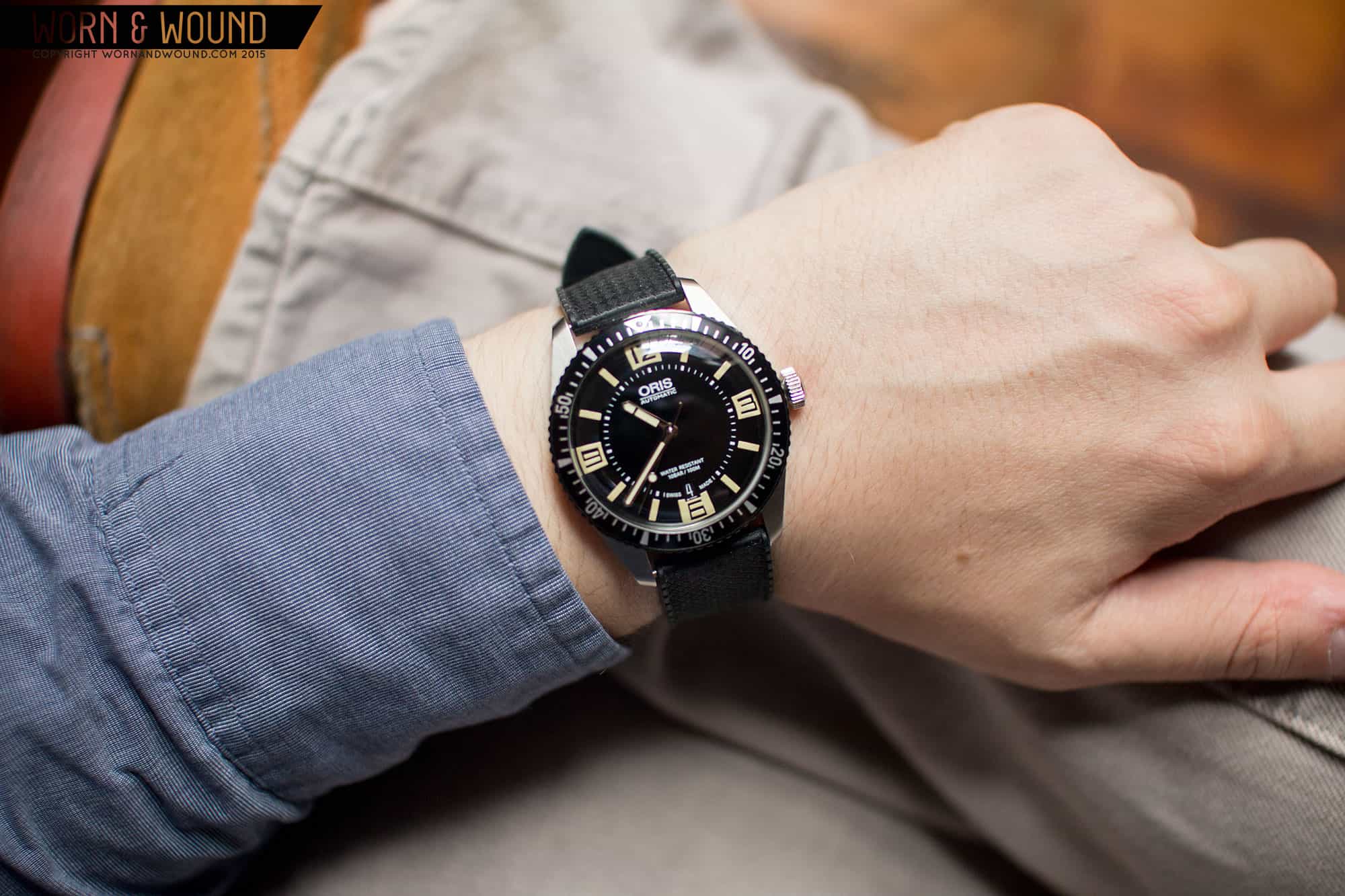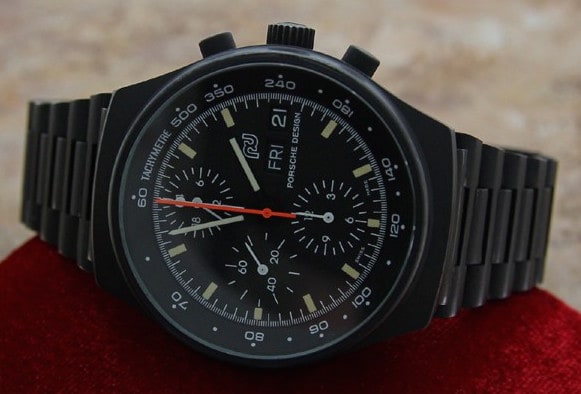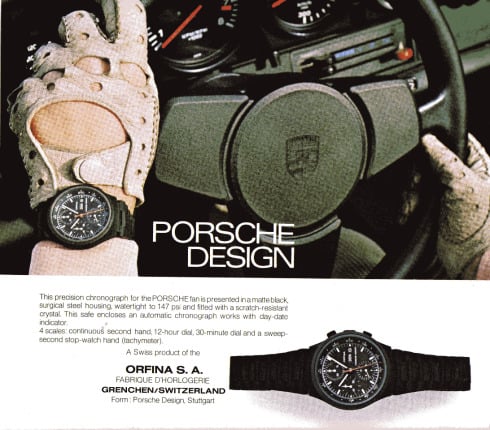We’re back with another installment of Three-Watch Collection Under $5,000. We’ve already seen Ilya’s and Mark’s picks. Today, Hung–a seasoned collector and one of worn&wound’s newest contributors–breaks down his three.
A quick refresher on the parameters before we get started. We chose $5,000 as the cap for the simple reason that $5,000 is generally regarded as a point of entry into luxury. So rather than drop all that coin on a single watch, we thought it’d be interesting to see how our team plays around with that number. Furthermore, the choices aren’t limited to specific categories of watches. Our contributors can choose watches they’d like based on their needs and personal preferences. Finally, for the sake of consistency, all watches currently being produced have to be valued at their MSRP. Vintage or recently retired models should be based on the average market rate.
Without further ado, let’s get to it.
A well-rounded watch collection, in my opinion, should cover all the bases and different use-case scenarios in our day-to-day lives. I believe it should consist of a dress piece, an everyday tool watch (field or diver) and lastly, one with a complication. With my three picks, I went retro as it fits my lifestyle and tastes. Specifically, I prefer mid-century designs, from around 1954 to 1974. Two of my picks are modern re-issues and the last is vintage.









 Featured Videos
Featured Videos




